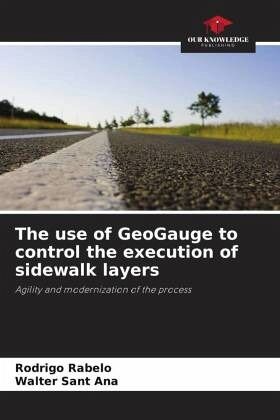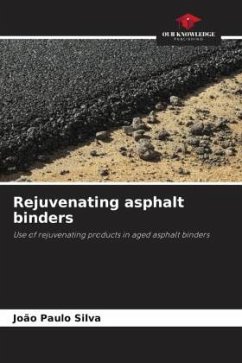
The use of GeoGauge to control the execution of sidewalk layers
Agility and modernization of the process
Versandkostenfrei!
Versandfertig in 6-10 Tagen
33,99 €
inkl. MwSt.

PAYBACK Punkte
17 °P sammeln!
Currently, the most widespread method of controlling the performance of sidewalk layers is based on determining density measurements in situ using the traditional sand bottle test. However, density-based methods are considered slow, inaccurate and laborious. At the same time, the current model for sizing sidewalks is based on traffic analysis and the CBR value of the soil to be placed on the sidewalk. This model is becoming increasingly outdated because it does not take into account the fatigue effects of repeated traffic loads on the sidewalk structure. Therefore, new design methods are being...
Currently, the most widespread method of controlling the performance of sidewalk layers is based on determining density measurements in situ using the traditional sand bottle test. However, density-based methods are considered slow, inaccurate and laborious. At the same time, the current model for sizing sidewalks is based on traffic analysis and the CBR value of the soil to be placed on the sidewalk. This model is becoming increasingly outdated because it does not take into account the fatigue effects of repeated traffic loads on the sidewalk structure. Therefore, new design methods are being used that take these effects into account, which are closely related to the soil's resilience modulus. In recent years, new methods and technologies have been implemented for the control process, including the GeoGauge, which is a portable instrument used to determine parameters related to the resilience modulus, stiffness and modulus of elasticity.














